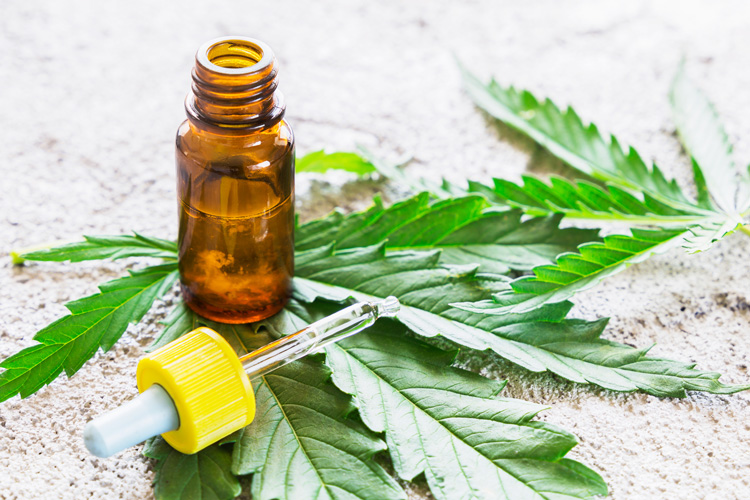Cannabinoids are naturally occurring compounds found in the Cannabis sativa plant. Of more than 480 different compounds that are in the plant, only around sixty-six are actually termed cannabinoids.
The most popular among these compounds is actually the delta-9-tetrahydrocannabinol (Δ9-THC), and that is the main psychoactive component in cannabis.
Cannabidiol (CBD) is yet another vital component, which makes up aproximatelly forty % of the plant resin extract.
Click here to join Cannabinoid Quiz
Classes of cannabinoids
The cannabinoids are divided into the following subclasses:
Cannabigerols (CBG)
Cannabichromenes (CBC)
Cannabidiol (CBD)
Tetrahydrocannabinol (THC)
Cannabinol (CBN)
Cannabinodiol (CBDL)
Other cannabinoids including cannabicyclol (CBL), cannabielsoin (CBE) and cannabitriol (CBT)
Effects of cannabinoids
Cannabinoids exert the effects of theirs by interacting with specific cannabinoid receptors present on the surface of cells.
These receptors are actually present in various parts of the central nervous system and the 2 primary types of cannabinoid receptors in the body are actually CB2 and CB1.
In 1992, a naturally occurring substance in the brain that binds to CB1 was discovered, called anandamide. This cannabinoid like chemical and others that were later discovered are actually called endocannabinoids.
The effects of cannabinoids depends on the brain area involved. Effects on the limbic system may alter the memory, cognition and psychomotor performance; effects on the mesolimbic pathway may affect the reward and pleasure responses and pain perception may also be changed.
Differences between cannabinoids
The primary way in which the cannabinoids are actually differentiated is actually based on the degree of theirs of psychoactivity.
For instance, CBG, CBD and CBC aren’t believed to be psycholgically active agents whereas THC, CBDL and CBN along with some other cannabinoids are actually known to have varying degrees of psychoactivity.
Probably the most abundant of the cannabinoids is actually CBD, which is actually believed to have anti anxiety effects, possibly counteracting the psychoactive effects of THC.
When THC is actually exposed to the air, it becomes oxidized and forms CBN which also interacts with THC to lessen its impact.
This’s why cannabis that has been left out unused is going to has less potent effects when smoked, thanks to the increased CBN to THC ratio.
Cannabinoid acids aren’t believed to produce intoxicating effects as THC. But they do have a number of interesting properties. For instance, many cannabinoid acids have insecticidal or antibiotic properties. This’s very likely associated with the reason Cannabis produces these compounds in the first place: to defend itself.
Click here to join Addiction Quiz
Most cannabinoids won’t get you high
THC is actually the only plant cannabinoid you know for sure has clear intoxicating effects on its own. There’s some evidence to suggest that THCV may also have intoxicating effects, though whether it does may depend on dose. Nevertheless, like the majority of other plant cannabinoids, THCV is normally not present in substantial numbers in commercial strains and cannabis products.
While majority of plant cannabinoids aren’t intoxicating themselves, the presence of theirs is able to influence how THC affects you. The very best example of this comes from CBD. Even though it would not get you very high by itself, it influences the way in which that THC interacts with the CB1 receptors in your endocannabinoid system, and can therefore influence exactly how a cannabis product will affect you.
Click here to join a Stoner Quiz.




